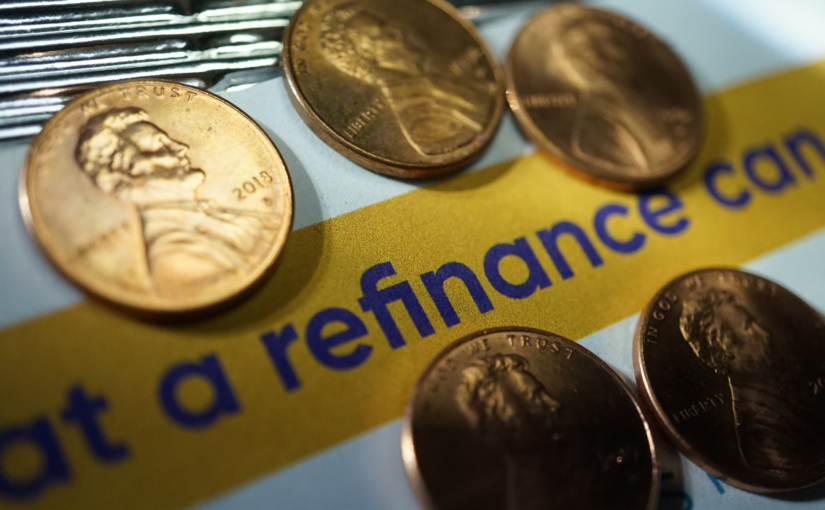back
How to use SBA loan to refinance existing debt
01-2023

Small business owners looking to refinance existing debt frequently turn to Small Business Administration (SBA) loans. Due to the federal government’s backing, these loans are more appealing to lenders, which can lead to borrowers receiving better terms and rates. The steps you can take to use an SBA loan to refinance the existing debt will be covered in this blog post.
Step 1: Establish your qualification for SBA Loan:
To refinance existing debt with an SBA loan, the first step is to ascertain your eligibility. The SBA has particular guidelines for borrowers, such as:
- You must operate a for-profit company.
- According to SBA guidelines, your company must be small.
- The SBA’s creditworthiness requirements must be met by your company.
- You can speak with the SBA office closest to you or check their website to learn if your company qualifies.
Step 2: Gather the required paperwork:
The next step is to gather the required paperwork once you have established your eligibility. You will be required to submit data about your company, such as financial statements, tax returns, and a business plan. Along with your personal tax returns and credit report, you will also be required to provide personal financial information. Although it may take some time, it is crucial to gather all the information required to improve your chances of having the loan application approved.
Step 3: Decide on the best loan program:
The SBA has a number of loan programs, each of which has its own requirements. Choosing the appropriate loan program for your needs is crucial. The 7(a) loan program is the most widely used SBA loan program for debt refinancing. The maximum loan amount under this program is $5 million, and the terms are flexible. The loan may be more affordable due to its longer repayment period of up to 25 years.
Step 4: Track down a lender:
The next step is to find a lender after you have gathered all the required paperwork and made the appropriate loan program selection. Borrowers cannot obtain loans from the SBA directly. As a substitute, they offer guarantees to lenders, which makes it simpler for borrowers to be accepted. By visiting the SBA website or getting in touch with your local SBA office, you can locate lenders that the SBA has approved. It’s crucial to shop around and evaluate various lenders to find the best interest rates and conditions for your company.
Step 5: Apply for an SBA loan to refinance existing debt:
You can submit an application for the loan once you’ve located a lender. Depending on the lender, the application procedure will vary, but generally, you will need to give the lender the supporting documents you gathered in step 2 to complete the application process. Additionally, the lender will assess your creditworthiness and request information about your company, such as financial statements and a business plan. Be ready to discuss your company’s operations, finances, and plans for using the loan proceeds in response to questions.
Step 6: Close the SBA loan
You must close the loan after your loan application is approved. The loan agreement must be signed, and any additional paperwork the lender may request must also be provided. The lender will also give you the loan money. The terms of the loan, including the interest rate, repayment schedule, and any associated fees, should be read and understood before signing the loan agreement.
Remember that applying for an SBA loan is a big step, so make sure the loan is the best choice for your company by doing your research, reading the loan’s terms and conditions, and understanding them. Prior to making any major financial decisions, always seek financial advice. It’s crucial to have a realistic assessment of your capacity to repay the loan. While you can refinance existing debt and increase your cash flow with the aid of an SBA loan, this isn’t a solution that works for every business. If you want to make sure you have a solid plan in place to repay the loan on time and in full, make sure to review your financial statements, cash flow projections, and business plan.
Conclusion
In conclusion, small business owners who want to refinance existing debt may find that an SBA loan is a great option. Obtaining an SBA loan is a simple process, but it does demand some planning and effort. You can improve your chances of receiving approval for an SBA loan by following the instructions provided in this blog post, and you can refinance your current debt at a better rate.
F2H Capital Group is a debt advisory firm specializing in negotiating the best terms for your commercial real estate projects. The company offers a range of financial products and services, including fixed loans, bridge loans, and construction loans across all asset types. Please contact us for any of your financing needs.

